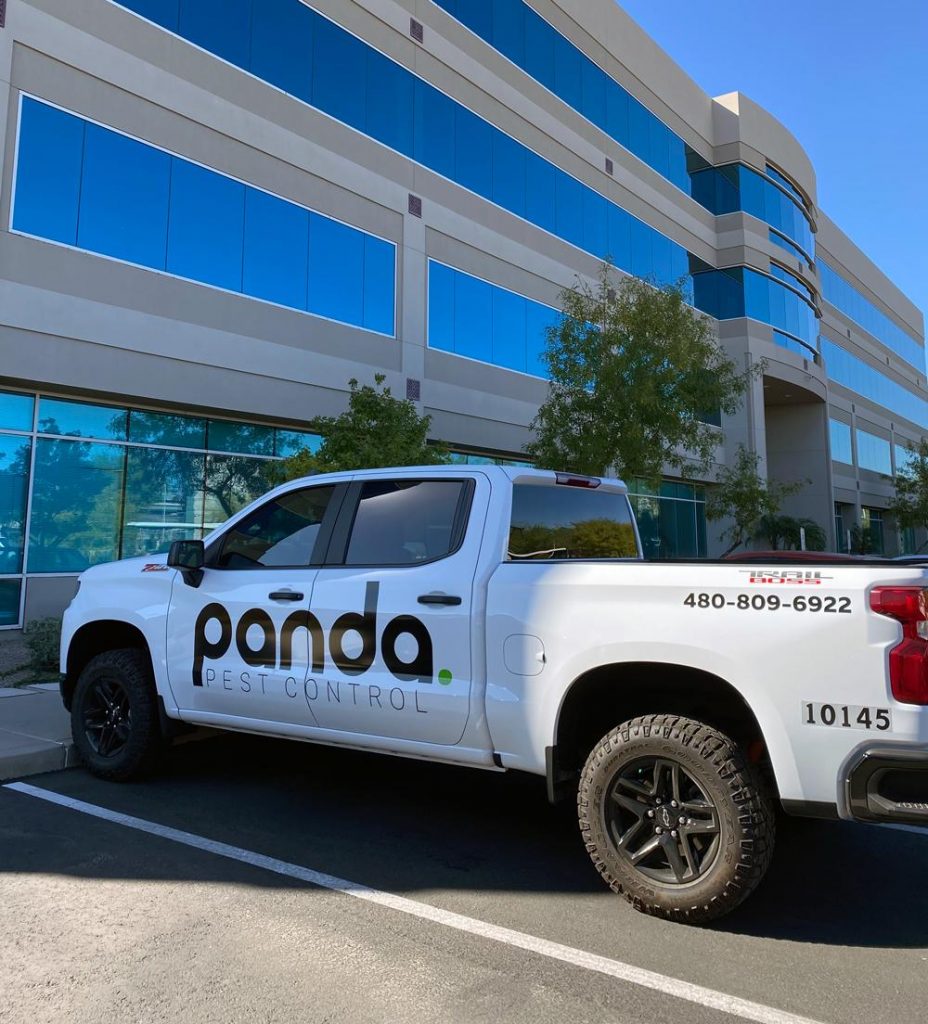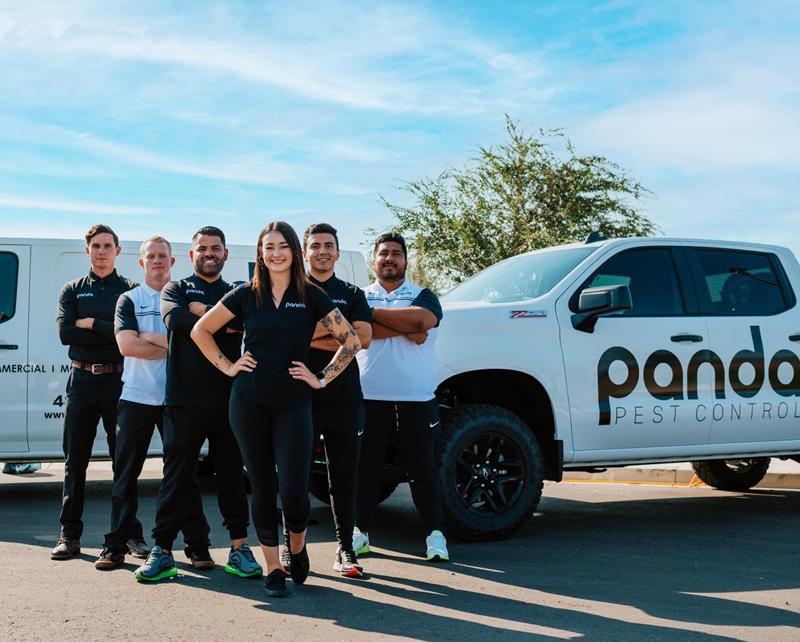Arizona’s commercial buildings face unique pest challenges due to the region’s hot, dry climate and year-round pest activity. For property owners and managers, staying ahead of infestations is essential not only to protect structures but also to maintain compliance, safety, and a clean business reputation. While residential pest issues are often seasonal, commercial spaces are vulnerable to persistent threats that can affect operations if left unmanaged.
From small office suites to large industrial complexes, Arizona businesses frequently encounter common pests such as ants, rodents, mosquitoes, scorpions, silverfish, and earwigs. Each requires a tailored approach to ensure effective prevention and long-term control.
 Ants: Tiny Pests, Big Disruption
Ants: Tiny Pests, Big Disruption
Ants are among the most common pests in Arizona’s commercial properties. While often underestimated due to their size, ants can quickly become a persistent problem if not managed early. Office kitchens, break rooms, and storage areas provide ideal conditions like crumbs, moisture, and warmth, that support colony growth.
Arizona businesses often see infestations of pavement ants and odorous house ants. These pests are skilled at finding even the smallest entry points, making sealing and sanitation a vital part of any prevention plan.
Effective management includes:
- Sealing entry points: Caulking around plumbing, utility lines, and baseboards.
- Cleaning food storage areas: Removing accessible food and regularly wiping surfaces.
- Inspecting exterior foundations: Checking for ant trails and nesting activity near structures.
As noted in the guide on the top invasive pests, ant colonies can expand quickly and spread through multiple building zones, requiring a comprehensive control strategy.
Rodents: A Serious Risk to Health and Property
Rodents are more than just a nuisance in commercial settings; they present serious health risks and can cause extensive property damage. Mice and rats can chew through electrical wiring, insulation, and packaging, leading to fire hazards and product loss. They also carry bacteria and pathogens that can contaminate food storage or sensitive areas in healthcare or food service industries.
Rodents are especially problematic in large warehouses or buildings with multiple access points. They often nest in walls, ceilings, and storage areas with little human traffic.
Key warning signs and prevention steps include:
- Droppings or gnaw marks: Signs of rodent presence near food sources or utility lines.
- Scratching sounds in walls or ceilings: Indicating active nesting behavior.
- Installing rodent-proof barriers: Covering vents, pipes, and under-door gaps.
Rodent issues are typically more extensive than they first appear. Early intervention and inspection are critical for minimizing damage and ensuring safe, rodent-free conditions.
Scorpions and Earwigs: Structural Invaders
Arizona’s desert climate provides ideal conditions for scorpions and earwigs to thrive, especially in and around commercial buildings. Scorpions are most active at night and tend to hide in cool, shaded areas during the day. They may enter buildings through wall voids, vents, and drains. While not all scorpion stings are dangerous, they can still pose liability concerns in public or employee-accessible spaces.
Earwigs are drawn to dark, damp areas and are often found in basements, loading docks, or under landscaping debris near building foundations. Though not harmful to humans, they can signal underlying moisture problems and compromise cleanliness standards in sensitive industries.
To reduce risk from these pests:
- Eliminate exterior moisture: Repair leaks and improve drainage around the building.
- Remove debris: Keep landscaping materials, cardboard, and clutter away from foundation walls.
- Inspect entryways and basements: Focus on doors, vents, and foundation cracks.
Both pests are particularly persistent in poorly maintained or older structures. Professional assistance is often necessary to fully block off access points and identify hidden entry areas.
Mosquitoes and Silverfish: Overlooked but Disruptive
Mosquitoes and silverfish might not be the first pests that come to mind in commercial settings, but they can cause just as much disruption. Mosquitoes become a nuisance in outdoor dining areas, courtyards, or near any standing water. In addition to their bites, mosquitoes can transmit diseases that impact both customers and employees.
Silverfish are more common indoors and are drawn to paper, glue, and starchy materials. They thrive in humid storage areas, particularly where paper goods or clothing are stored. In libraries, archives, or paper-reliant businesses, silverfish can do significant damage.
To mitigate their presence:
- Drain standing water: Check gutters, planters, and irrigation systems.
- Control humidity: Use dehumidifiers in basements, storerooms, or poorly ventilated spaces.
- Seal cracks and crevices: Prevent indoor nesting sites from forming behind walls or shelving.
While silverfish may seem minor, their presence often signals deeper moisture or ventilation problems that should be addressed immediately.
Why Professional Prevention Pays Off
The best way to manage common pests in commercial environments is through proactive, ongoing pest control. Regular inspections, customized treatment plans, and building-specific prevention strategies all contribute to long-term success.
Commercial properties are held to higher standards than residential homes, especially in industries such as healthcare, food production, and hospitality. Pest-related complaints or violations can damage reputations and result in regulatory fines.
Partnering with a pest control provider that offers guarantees and transparent service plans adds an extra layer of protection. Businesses looking for consistent, long-term reliability should prioritize companies with a strong guarantee that supports their preventive programs.
Pest-Free Business Starts Here
Maintain a clean, safe, and compliant workplace with expert pest solutions tailored to Arizona conditions. Contact Panda Pest Control to build a custom commercial pest management plan today.


